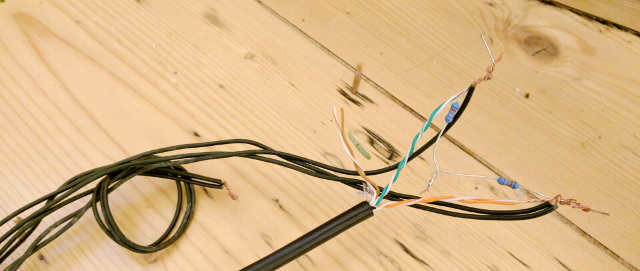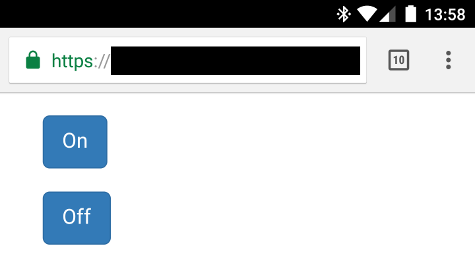@portfast
News & views, serious business.
News & views, serious business.
Picture the scene: a freshly acquired christmas tree, various lights and decorations retrieved from their summer hiding places and then suddenly, tragedy. One of the power supply bricks for the lights is missing!
A bodge is soon secured, it turns out that the lights are 24v and so is the office scanner. We have light, and they even look better as a result of being fed from a proper smoothed DC power supply rather than straight from a bridge rectifier.
It was however not to last. There were new contracts to sign, and the scanner was required so its power supply had to be retrieved and freed of the small mound of insulation tape that secured the lights to its connector. As a part of this process I noted that there was an ethernet socket close to the tree, and a Cisco 3560G PoE switch on the other end of it. It crossed my mind that it would be very useful if the lights were 48v and not 24.
Hold on a minute, there are two identical sets of 24v lights. A plan formed and the IEEE 802.3AF specification was downloaded.
First I tested the power consumption of the lights, you have a budget of up to 15.4W (or 12.95W after some cable loss) - they were below 3 watts per set so well within budget.
The second task was persuading the switch to supply power. PoE device detection is performed by pulsing the cable with a low voltage and looking for a resistance of 25kΩ, we didn't have that exactly but found a pair of 12kΩ which were close enough to make the switch see a device. The device is then given a short time by the switch to start consuming power, or the supply is disconnected and it goes back into discovery mode. With the lights attached, it starts drawing power straight away and the switch seems happy, and the switch logs this:
Dec 21 2016 07:10:08.218 GMT: %ILPOWER-7-DETECT: Interface Gi0/14: Power Device detected: IEEE PD Dec 21 2016 07:10:08.772 GMT: %ILPOWER-5-POWER_GRANTED: Interface Gi0/14: Power granted
And this is the circuit:

Yes, really. All of it.
I did wonder if at some point the switch would cut the supply due to the device not attempting any further negotiation, but it seems to be quite happy to supply power indefinitely.
With confirmation that this circuit does actually work, I've soldered it and made it nice with some heat shrink, now it is tucked away behind the tree and is much neater than the previous arrangement of cumbersome power bricks, and a lot more efficient. It turns out those old bricks were wasting more than half of the power they consumed.
But wait, this now means my lights are attached to a network device. A device that can be controlled through SNMP...

Enter... The app.
Well, the page. Calling it an app might be giving it ideas a little above its station, it calls a very simple CGI script on the server which sends an SNMP packet to enable or disable the port.
That's all folks, have a great Christmas, and try not to electrocute yourselves.